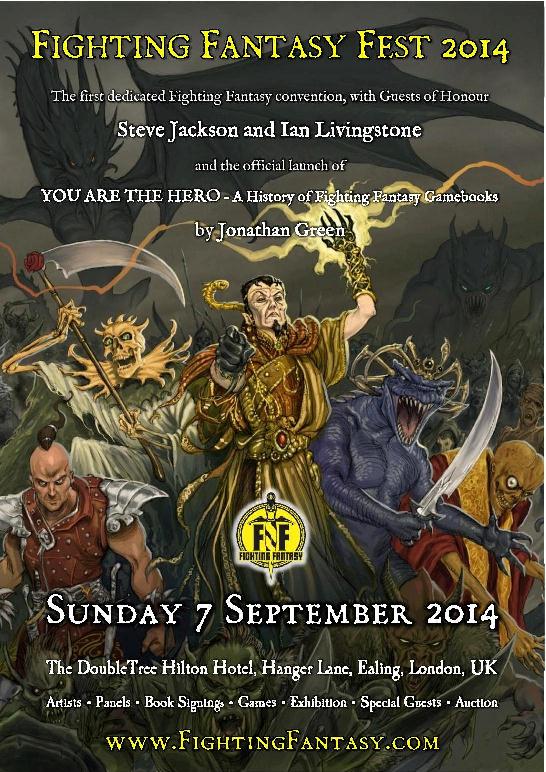Published by: Tranzfusion
Author: Jim Alexander
Artist: Mark Bloodworth
I’m always a little leery of titles dabbling in Ripper territory. They rarely do justice to one of the greatest criminal mysteries of all time and seem small when cast in Jack’s shadow. Nonetheless I decided to cut The Ripper Legacy some slack and put aside my reservations.
Ripper Legacy follows the tale of a team of paranormal investigators working with the FBI to crack a murder case like none other. None other, that is, except a certain spate of murders in London back in 1888. But what appears at first to be a simple yet convoluted case of human malevolence turns into the deadliest case of their lives with more riding in the balance than anyone imagines.
What strikes me immediately about this work is the quality of the art. Mark Bloodworth is an illustrator worth watching out for. His strong, dynamic and characterful style makes maximum use of the black & white format and suits this story brilliantly. His detailed anatomical drawings are especially accomplished and plants this book firmly in the ‘not for young children’ category.
All of this could have been for nothing, however, if the author had not held up their end of the bargain. Great artwork only gets seen if the reader keeps turning the pages. I have read Jim Alexander’s work in the past and he is, for me at least, a ‘hit and miss’ writer. Imagine my relief, therefore, when I tucked into Ripper Legacy and found that this is undoubtedly one of those hits.
What has been crafted here is a suspenseful mystery with solid pacing and decent characterisation (excepting the name Edgar Allan Raven). The supernatural elements are good (when they can so easily be naff) and the dialogue is, largely, good material. The twists and turns are not out of character or lacking in sense or internal logic and I found myself scrolling down the pages quite quickly. Had I not been stopping repeatedly to admire the artwork then I would have finished much sooner than I did.
All of which being the case I find myself recommending The Ripper Legacy for anyone who enjoys macabre tales of suspense, murder and the paranormal. If Care Bears and unicorns are more your thing then maybe give it a miss.





